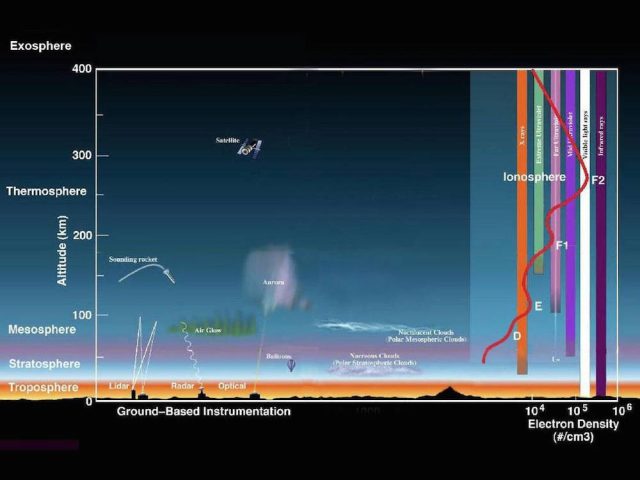MI weekly selection #162

Mystery of disappearing electrons may be solved
A band of invisible meteor dust drifting to Earth may be behind the disappearance of electrons in the high atmosphere that’s had scientists baffled since the 1960s Electrons are produced high above Earth when the sun’s ultraviolet rays interact with atmospheric nitric oxide, but a big drop has been noted in the amount of electrons about 53 miles, or about 85 kilometers, above the Earth at night. Researchers call this the “D-region ledge” and suggest it’s created when meteor dust absorbs electrons because the sun’s ultraviolet rays aren’t as strong at night.
Jellyfish Nebula and strange pulsar may have come from same supernova
The Jellyfish Nebula and a mysterious pulsar that appears to reside within it may have formed at the same time during an ancient supernova, according to observations made at the Chandra X-ray Observatory. The pulsar, called CXOU J061705.3+222127, appears to exist within the southern region of the nebula, and NASA researchers say the X-ray radiation surrounding it is further indication that it is a pulsar.
Mathematical probability can determine direction of animals’ stripes
Mathematical probability can define the directionality of an animal’s stripes. Researchers built a model that suggests pattern orientation is determined in the womb, depending on how much of one substance or another is produced.
Mirroring pupil size may raise trust level
Humans can match their pupil size with others, and that synchronization can influence social decisions. Researchers who tracked pupil size in volunteers during an investment game found that participants tended to share their money with partners who mirrored their pupil size.
New virus related to hepatitis C identified
A team of researchers screened blood samples from 2,440 patients and discovered a link between blood-borne human pegivirus-2 and hepatitis C. Through metagenomics sequencing, scientists found that 12 patients with HPgV-2 virus also have hepatitis C. The researchers have yet to determine whether the presence of the virus could cause hepatitis C.
1 comment
[…] Posted in Noticias, Humanities & Social Sciences, Science, Technology, Weekly Selection | 0 comments […]